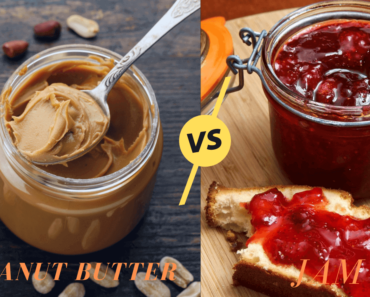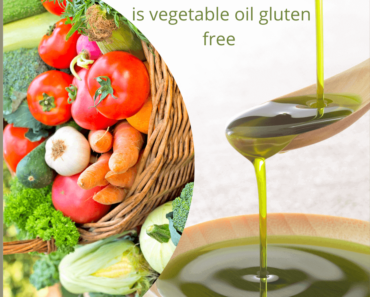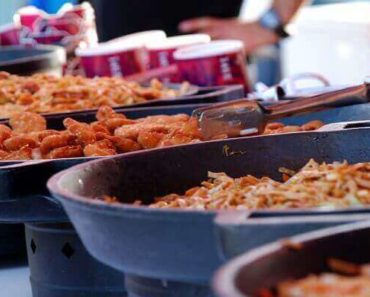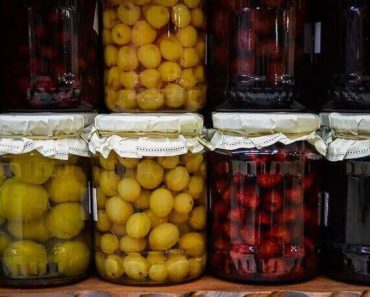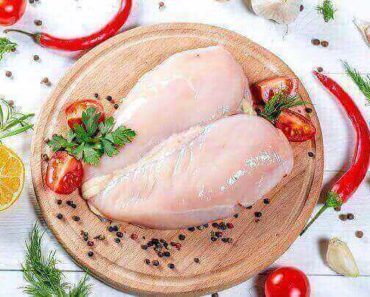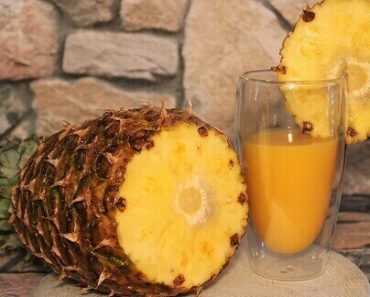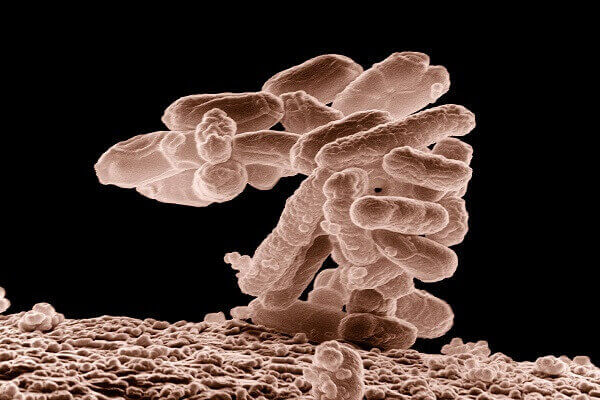 Bacteria may grow in food, and it is not an uncommon matter. Which of the following foods does not support bacteria growth? This is an issue that we will talk about and share with you through this post.
Bacteria may grow in food, and it is not an uncommon matter. Which of the following foods does not support bacteria growth? This is an issue that we will talk about and share with you through this post.
There have several factors that influence bacterial growth, such as water, temperature, PH, oxygen, and nutrients. Though some bacteria are harmful, some bacteria are so significant for our sound health.
After proper research, we find out the foods that support bacterial growth, and that does not support harmful bacteria growth.
What is bacteria growth?
Before going in the deep of the description, we have to know what bacteria growth is. According to science, bacteria growth is a term where a bacteria colony spread in a substance. The means of it is the bacteria living above substance consumption, the nutrition that releases all through the products out of the system.
Pathogenic and nonpathogenic bacteria want significant elements for the active growth of them. Once there such the best condition achieved, they produce more and more bacteria.
When a large number of bacteria grow, a large number of chemicals released. Food items that we take as our menu; all of them contain essential macronutrients that are the right place of bacteria growth.
Question:
Which of the following foods does not support bacteria growth?
Answer:
The answer to the following question is: “Raw Carrot.” But why? Let me explain it.
Explanation:
Raw carrots contain additional self-life than other cooked food. So, it doesn’t sustain bacterial growth. Behind this reality, there have sufficient reasons such as temperature, nutrition value, plus moisture content. The following fact is so different between raw carrot and the other procedure foods.
Raw carrot is not perfect for the growth of bacteria. Microorganism growth involves in optimum temperature and moisture content with other growth factors that offer fresh fruits and vegetables.
Additional explanation
We have to eat bacteria-free food because the bacteria enter into the body, it will create a lot of infection in our body. Cooked food contains high moisture with the right temperature that is suitable for microorganism growth.
The growths of the bacterial cells are more prone to the essential nutrient of eating food. Cooking food can supply its perfect environment to grow.
Though the raw carrot isn’t cooking food, it doesn’t support bacteria growth on it. But, it contains vitamin C that needs to prevent the infection of bacteria into our body so fast. Other foods like fried beans, cooked rice, or fried onion are very prone to spoilage food because of bacterial growth.
Which food does not support bacteria growth?
Without raw carrot, there have additional other foods that do not support bacterial growth. At this point, let try to learn about them.
1. Frozen beef
Once the beef or any meat stored in the freezer to preserve trending to finish all bacterial activities. In this low temperature, any bacteria can’t survive and also can’t reproduce. As a result, any frozen meat or beef doesn’t support bacterial growth.
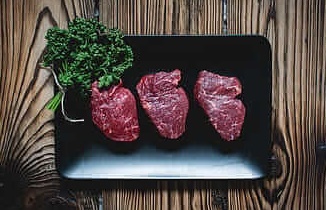
2. Dry food
Dried items or dried form foods such as powdered or granular food can’t preserve sufficient water that needs to produce bacterial life. So, these types of food can’t support bacterial growth.
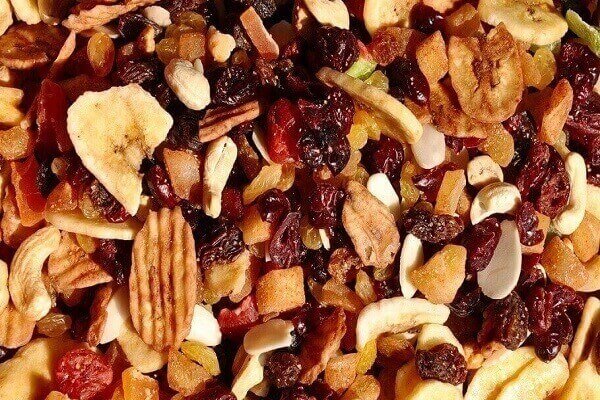
3. Dried spices
If you stored dry spices into clean or dry containers, it never polluted with bacteria. If you think about sauces, we glad to say that the bacteria attack is so low due to the less protein content.
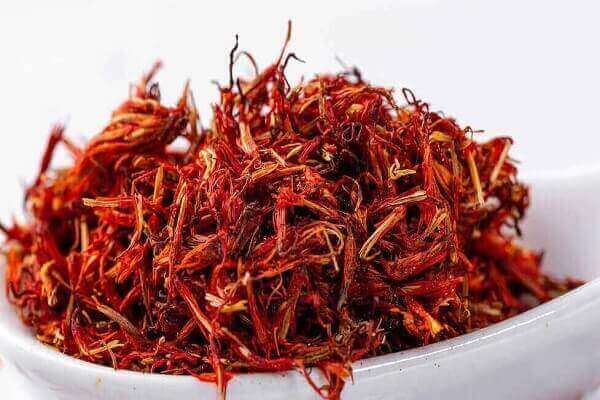
4. Vegetables & fruits
Raw vegetables and fruits are not suitable for bacterial growth. Raw carrot, raw onion, raw garlic, raw ginger, potatoes, and so much more food items that we stored in the kitchen for a time don’t support bacterial growth. Even leafy green vegetables if you stored in humid condition, it doesn’t support bacterial growth.
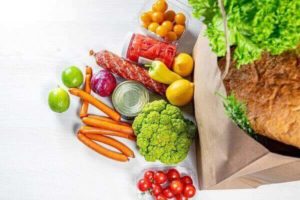
5. Canned foods
When canned foods sealed, for the time being, they don’t allow bacteria growth. The absence of air is the main reason for it.
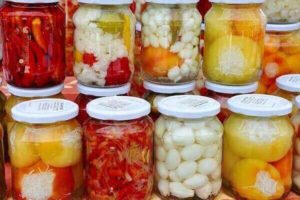
6. Pickles
Oil base foods that you use to store any food items like pickles don’t sustain bacteria into it.
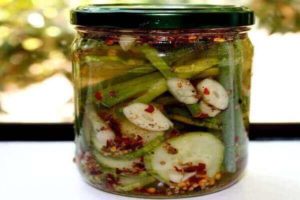
Substrates foods
The foods that don’t allow the microorganism to grow bacteria are known as substrates, not parasites food. The organism grows on that food that is that actual parasite because they manually depend on the growing of foods.
Mostly the high protein food attracts by the parasitic bacteria that are diverse in form quietly. They are:
• Meat, chicken, lamb, and so much more
• The gravy of meat or mixed vegetables
• Seafood
• Poultry
• Cooked fruits and vegetables
• Cooked lentils or legumes
• Raw dairy items such as milk, eggs, and so on.
All types of dried dairy food products as powder milk or egg powder, are not ideal for bacteria growth. But if you add water on that dry food, they can begin bacterial growth.
Without dairy dry food products, some main foods, such as sugar, salt, and any other preservative foods are responsible for growing bacteria. But you have to store them in dry places carefully.

What is the easiest way to recognize foods contaminated with spoilage bacteria?
Usually, bacteria can’t be visible in our eyes. As a result, we can’t realize the presence of the bacteria in the food. But there have some signs that reveal the presence of the bacteria on the menu.
When we keep some food at room temperature for a long time distance, they can attack by the bacteria. The smell of the foods becomes changing due to leave go of toxic. With smell changing, the test of that food will be changing, which is the main sign of bacteria attacked.
Soft and pale fruits or vegetables that are regularly firm inform become to change the color due to enzymatic breakdown.
You can understand the saucy foods have attacked by bacteria when you see a slimy on top.
Bacteria can attack any liquid items, and you can see a change of cloudy color among them.
If you see any sign that we indicated here, you should avoid using it. If you use it, it can be the leading cause of various diseases or infections like diarrhea or stomach pain.
Final thought
Which of the following foods does not support bacteria growth? Well, now you have gathered a lot of knowledge of the food products that don’t support bacteria growth. But there have some conditions on the preservation method. If you can preserve the foods by the following states, you can enjoy fresh foods in the future

